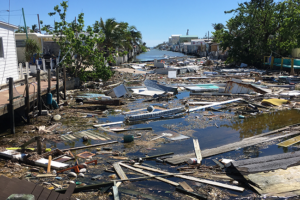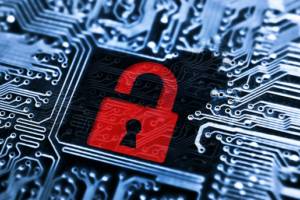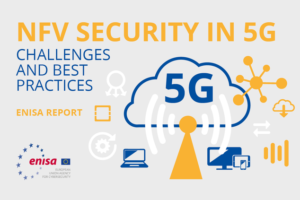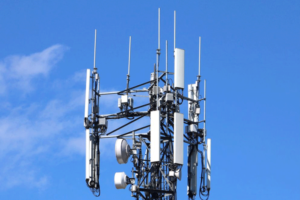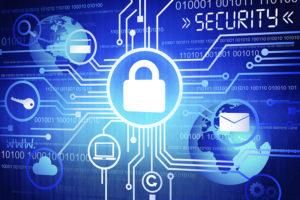
The pandemic resulted in an economic meltdown with crime related issues. The Russian and Ukrainian saga is a global threat because it impacts globally on the energy security. Oil and natural gas are the foundation to all costs for living. Besides such, Ukraine exports grains to many countries which will add and impact the cost of food such as cooking oil, bread and beer.
A second economic meltdown after the pandemic that initially lip-slapped the economy would be a massive blow to all financial sectors and industries.
Statement
Kunwar Singh, Chairman of CAPSI | Central Association for Private Security Industry states ‘’ the private security industry is larger than any military force in the world. The private security has the skills to manage the behaviour of the population. Furthermore, the industry has the skills, technology and equipment to find the crime and stop it more effectively. Simply put the security industry is providing more eyes on the ground therefore supporting the police in locating and catching criminals. The security industry must be acknowledged as a vital partner by the regulators’’.
CAPSI [Central Association for Private Security Industry], ISIO[International Security Industry Organization] and SASA (representing 9.15 million practitioners) call upon all security regulars world-wide to take certain steps to ensure a wider market for the legitimate traders. The regulators must protect the industry against illegitimate security companies and practitioners besides criminal elements that could attempt to penetrate the industry.
Learning from History
The economic meltdowns of the past recorded long lines of unemployed people and hungry people. The recent and current statistics related to the meltdown due to the pandemic affirm once again that many are jobless. Every country could be the same or their unique issues relating to the associated crime. One could deduce that whatever the stats were regardless of location, the levels of crime escalated. An example of recent demonstration and riots. These occurred in certain countries that experienced massive mobs against vaccinations.
In specific locations there were mass groups looting under the guise of a politically induced narrative. There were small mob attacks directed towards migrant owned small business besides increased number of pro-nationalist demonstrations on businesses that employ migrants under the banner ‘give the jobs to the citizens. The practitioner should consult their own crime statistics in their location and may be surprised at the escalation overall but pay attention to specific crime.
Possibilities of crime in this economic meltdown
The biggest threat on the ground would be the logistics. Gangs of people hijacking and theft of tankers carrying petrol, food and for that matter anything. These are soft targets on wheels carrying high value goods already without effective security systems. Any interruption in the logistic chain could cause chaos.
Each location and field of interest more than likely experience bribery and corruption of any kind for jobs. Consider expanding your crime research for such when considering the vulnerability landscape because this crime could lead to major reputational damage that obviously effects revenues.
Tony Botes of SASA |South African Security Association says, ’when a country has major job losses then desperate people can do anything. It is vital to protect the entire logistic chain from warehouses stocking all goods, the vehicles as well as the route because empty burnt trucks could shut the road for days causing high anxiety for the population.’
Profit Protect Clients and Security Companies
Clients should avoid reputational damage and lawsuits by using unlicensed security practitioners.
• When using an unlicensed security company then consider that there is no oversight and governance besides their staff being vetted. This could lead to organized or gang crime using the assets of the business for their needs or the staff adding to the loss of profits in some way or the other.
Avoid reputational damage by using professional companies
• When security companies cut rates to clients by cutting costs then they may not be training their staff properly or managing the site professionally. People carry phones that can record bad behaviour and social media could destroy reputations which could be costly.
False Alarms: Attending to false alarms costs money. AI (artificial intelligence) saves the client money because the technology is able to read and distinguish between a false and positive alarm.
Also, AI can
• notify appropriate people to respond thus not wasting money on irrelevant people that also cost money in transportation besides for their time.
• some perpetrators could be stopped before the crime is fully realized or caught quickly saving money and anxiety.
• reducing the percentage of budget for loss prevention
• AI could identify an individual perpetrator or mob formation and could activate counter measures to reduce the collateral damage and related costs.
• Using AI provides the opportunity to increase the number of security investigators that are focused on looking for crime or handling aggressive and violent behaviour and stopping it.
Avoid chaos: There are some sites that could experience specific issues because of the desperation of people. There are sites that could have a high probability of issues related that could demand for strategic security. Chaos can be expensive when the collateral damage is related to staff being hospitalized, assets destroyed or stolen besides the time needed to repair all besides the loss of revenue.
• The professional security company would ensure that the workforce at the entrance control is layered by specific skillsets to reduce the probability of aggressive and violent behaviour.
The economic meltdown can deliver a larger number of criminals and a wide scope of criminal methods on the stage and into the spotlight. This calls for heightened security measures. Criminals may attempt to penetrate buildings for nefarious reasons such as home invasions, burglary, rape, murder or kidnapping. It is costly dearly to emotionally repair people or replace assets.
• AI can assist using applications such as allowing entry to only recognized approved people on their own or escorting others. Obviously. all entry and exit points need to be covered.
• Stop tailgating entry by opportunistic perpetrators
Protect specific assets: The theft of company secrets could tremendously cost a company with loss of market share (money) without them knowing so.
Juan Kirsten of ISIO | International Security Industry Organization remarks that ‘’the security industry has had years of experience in using all types of security technology for example cctv and alarm systems. It is coincidental that AI has matured to the degree that it must be considered as vital tools to use for this threat on the ground. The vulnerability landscape can change speedily and dramatically that calls for devices such as drones, IoT, or software that can improve comprehending the situation and reacting accordingly and timeously’’
